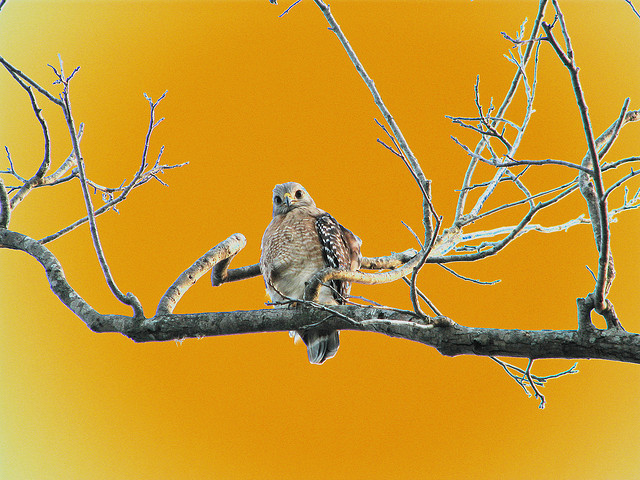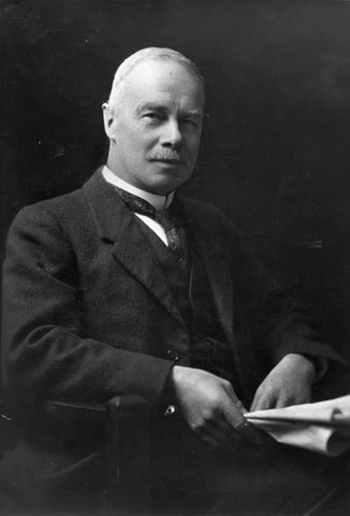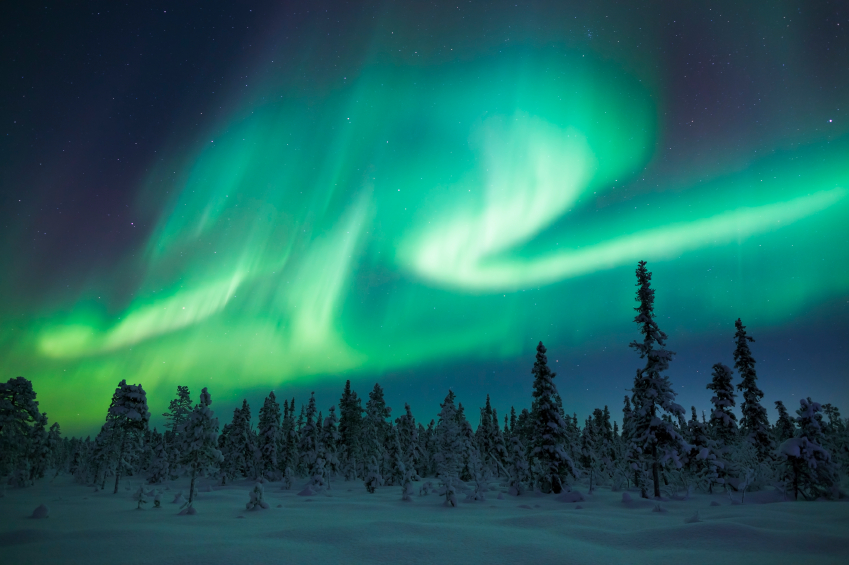
Don’t be a confused cuckoo. Turn back your clocks this weekend. Image: Flickr / Sean MCann
This coming Sunday when the clocks are wound back one hour, the curtains will stop fading faster, birds and cows will no longer be confused by the ‘extra’ sunshine and life will return to its natural rhythm.
For those living in South Australia, NSW, Tasmania, Victoria and the ACT, Daylight Saving comes to an end this week.
Daylight Saving has caused much debate since it was first conceived by Benjamin Franklin in 1784.
Not that “adjusting” time to suit our needs was new then. Ancient civilizations adjusted daily schedules to the sun – often dividing daylight into 12 hours regardless of day length, so that each daylight hour was longer during summer.
Roman water clocks had different scales for different months of the year. In Rome the third hour after sunrise started just after 9am and lasted 44 minutes at the winter solstice, but at the summer solstice it started just before 7am and lasted 75 minutes.

The granddaddy of Daylight Saving, Mr George Vernon Hudson
Modern Daylight Saving never really got off the ground until 1895 when an entomologist from New Zealand, George Vernon Hudson, wrote a paper that proposed a two-hour shift forward in October and a two-hour shift back in March. He followed up his proposal with an article in 1898, and although there was interest in the idea, it was never followed through.
Some places in Argentina, Iceland, Russia, Uzbekistan and Belarus have introduced permanent Daylight Saving and the United Kingdom stayed on it from 1968 to 1971.
There are also apparently some health issues related to Daylight Saving.
Recently a study was released in the US which showed that people who were already vulnerable to heart disease may be at greater risk right after sudden time changes.
According to the study, turning clocks forward an hour for Daylight Saving time was followed by a spike in heart attacks on the Monday following. Monday is traditionally the day when most heart attacks occur – it is suggested that the stress of returning to work may be a cause. There was a 25 per cent jump in the number of heart attacks occurring the Monday after the spring time change – or a total of eight additional heart attacks. But when clocks fall back and people gain an hour of sleep, there was a drop (21 per cent) in heart attacks on the Tuesday.
So, it seems the odds are increased that I will live a bit longer – at least until Daylight Saving comes back.
While it seems that every article about Daylight Saving has to have the curtain fading gag, is there ‘extra’ sunshine?
In the 1950s scientists in our Division of Physics were using a flare-patrol telescope to observe disturbances in the Sun’s chromosphere. It showed the appearance and growth of several flares and surges. Some of these disturbances are observed against the disk of the Sun. Those too faint for this are studied at the limb, or edge, of the Sun.

Aurora over the frozen forests of Sweden. Image: RainbowJoe
Coronal mass ejections on the Sun release huge amounts of matter and electromagnetic radiation which can cause particularly strong aurorae (Northern and Southern Lights), disrupt radio transmissions and cause damage to satellites and electrical transmission line facilities.
Coronal mass ejections reach velocities between 20km/s to 3200km/s with an average speed of 489km/s. They take between one and five days to reach Earth.
So is that extra sunshine?

